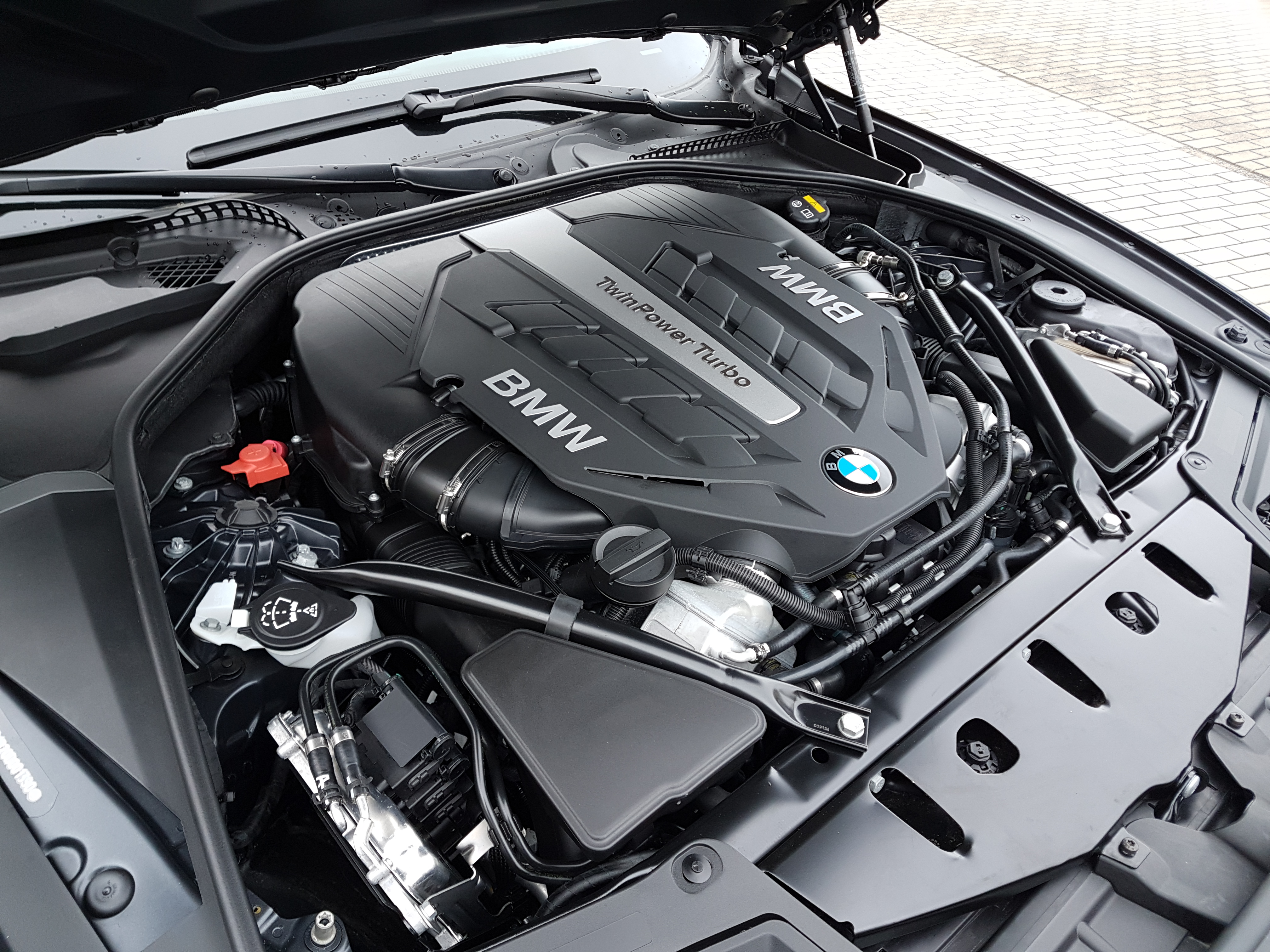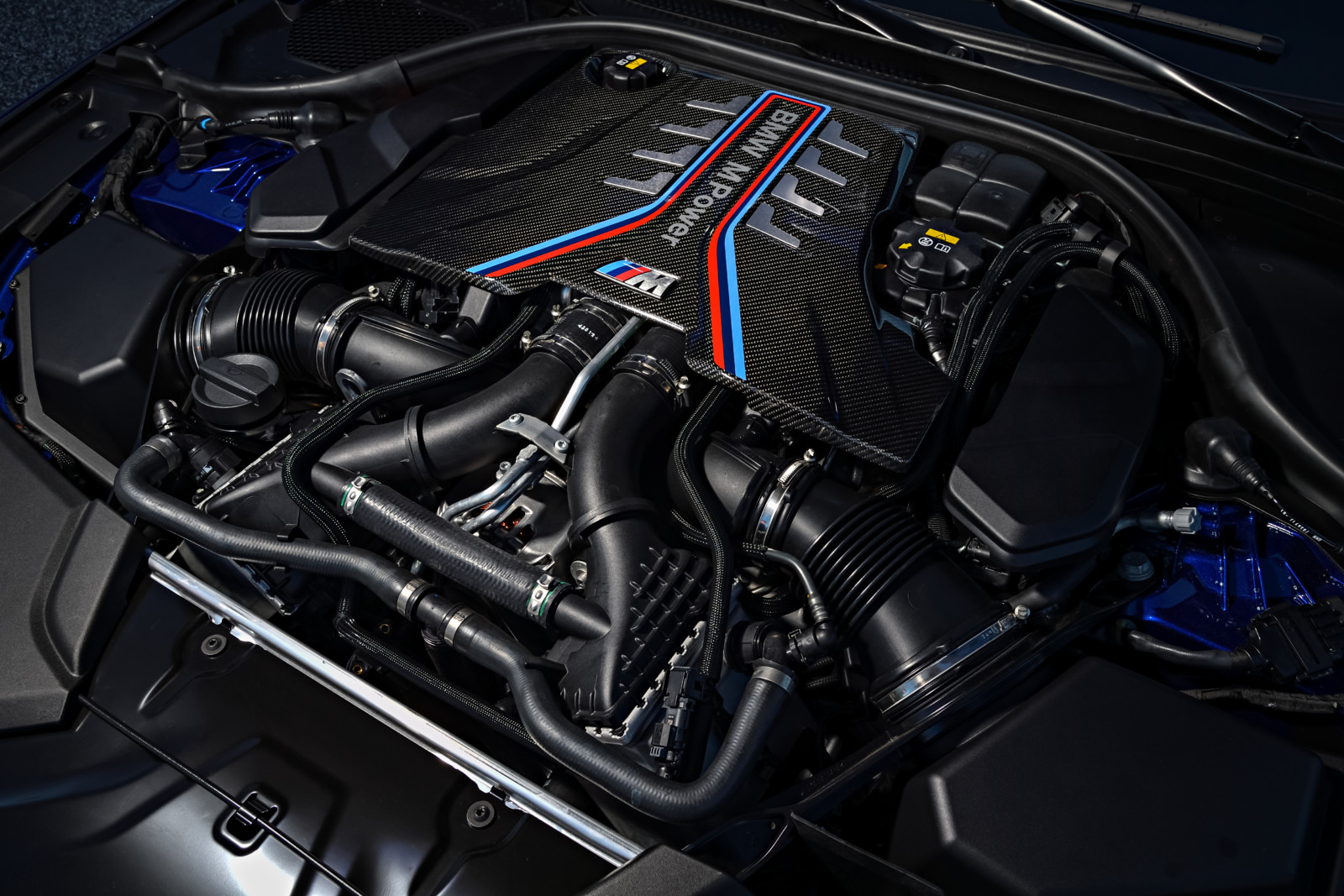Exploring the Evolution of Burning Engines in Modern Transportation Systems
As we navigate the landscape of modern transportation, the advancement of combustion engines stands as a testament to human ingenuity and engineering prowess. The interplay of background, innovation, and environmental worries in forming the trajectory of burning engines develops a narrative that is both engaging and insightful.
Very Early Beginnings of Combustion Engines
Exactly how did the idea of burning engines very first emerge in the early phases of transport development? The roots of combustion engines can be traced back to the 17th century when the principles of internal burning were initial checked out.
The development moment came with the invention of the initial successful gasoline-powered engine by Karl Benz in 1885 - bmw engine. This engine led the way for the growth of the contemporary car, reinventing transportation systems worldwide. Subsequent innovations by Nikolaus Otto and Gottlieb Daimler even more refined burning engine modern technology, resulting in the mass production of automobiles and the quick expansion of the transportation industry
These early combustion engines were identified by their simpleness and performance, laying the foundation for the complex and effective engines used in modern transport systems. The development of combustion engines has actually contributed in shaping the means we travel and move items, noting a significant landmark in the background of transportation development.
Transition to Internal Combustion Modern Technology
The transition to inner burning innovation marked a crucial change in the advancement of transport systems. This change began in the late 19th century, with developers like Nikolaus Otto and Gottlieb Daimler establishing the initial successful inner combustion engines. These engines revolutionized transportation by providing a more powerful and effective option to steam engines and electrical motors.
Among the crucial benefits of internal burning engines was their ability to be reduced to fit right into vehicles, causing the growth of motorcycles and cars. This shift from bulky, stationary engines to compact, mobile ones led the way for the modern transport systems we see today.
The shift to interior combustion modern technology likewise stimulated improvements in gas technology, causing the growth of fuel and diesel as main gas resources for vehicles. This shift not only made transport more accessible to the masses but likewise laid the structure for the oil and gas market to come to be indispensable to global economies.
Impact of Combustion Engines on Transportation
The fostering of combustion engines in transport systems militarized an extensive shift in the effectiveness and speed of global flexibility. Burning engines changed transport by supplying a trustworthy and versatile source of power for various vehicles, consisting of automobiles, planes, vehicles, and ships. This innovation dramatically boosted the capability for people and items to relocate over long ranges in shorter timespan, leading to raised connection in between areas and nations.
Furthermore, the prevalent usage of burning engines has had a considerable influence on financial advancement. The capability to deliver goods effectively has actually spurred profession and business, enabling companies to increase their markets and reach customers worldwide. This has assisted in economic development and globalization, as products can now be transferred much faster and in larger quantities than in the past.
However, the ecological effect of combustion engines can not be forgotten. The burning of fossil gas has resulted in air pollution and greenhouse gas discharges, adding to environment modification and posing health and wellness risks to populaces. bmw engine. As an outcome, there is a growing focus on creating alternate propulsion innovations to reduce these adverse results and produce a much more lasting future for transportation
Innovations in Burning Engine Style
One significant advancement is the development of turbocharged engines, which make use of exhaust gases to drive a wind turbine that compresses article source inbound air, permitting for even more fuel to be scorched, resulting in raised power result without a considerable boost in engine dimension. Variable valve timing systems have additionally reinvented engine style by maximizing air flow at different engine rates, improving both power and efficiency. These innovations jointly add to the continual renovation of combustion engines in modern-day transport systems.
Future Patterns in Combustion Engine Development
With innovation innovations driving continuous advancement, the future of combustion engine advancement is positioned to reinvent transport systems around the world. One of the key fads in combustion engine development is the press towards better effectiveness and minimized discharges.
One more noticeable fad is the adoption of crossbreed technologies in burning engines. Hybrid engines incorporate traditional burning technology with electric power, supplying improved fuel performance and reduced exhausts. As the auto market shifts in the direction of electrification, hybrid combustion engines are seen as a transitional option that connects the gap discover this info here in between conventional cars and totally electrical ones.
Additionally, the combination of smart innovations, such as artificial intelligence and data analytics, is anticipated to play a significant function in the future of burning engine advancement. These technologies can optimize engine efficiency in real-time, bring about more efficient burning procedures and enhanced general vehicle performance. Welcoming these future trends will certainly not only drive innovation in combustion engine development but additionally contribute to a much more eco pleasant and sustainable transport environment.

Final Thought
Finally, the advancement of burning engines in modern transport systems has actually been noted by substantial developments in technology and style. From the very early starts of burning engines to the transition to interior burning technology, these engines have had an extensive effect on transport. Developments in burning engine design remain to drive progress in this area, with find more info future trends concentrating on further enhancing efficiency and decreasing exhausts. The future of combustion engines in transportation looks encouraging as r & d efforts continue to push borders.
The origins of burning engines can be mapped back to the 17th century when the principles of interior combustion were first explored. These engines reinvented transportation by using an extra powerful and reliable option to steam engines and electrical motors.
